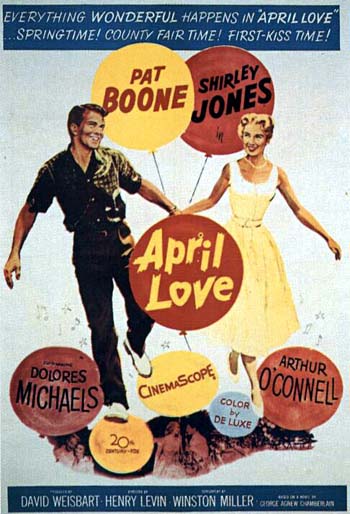Interviews: The Visitor
Posted on April 10, 2008 at 4:00 pm
“The Visitor” is the new movie by writer/director Thomas McCarthy. Like his award-winning “The Station Agent,” it is the story of characters from different backgrounds and with different interests who must overcome loss, fear, and isolation to find a way to connect to each other. Richard Jenkins plays a professor of economics who leads an isolated life following the death of his wife until he meets two illegal immigrants, Tarek (Haaz Sleiman) from Syria and his girlfriend Zainab (Danai Gurira) from Senegal. When Tarek is sent to a holding facility for detainees, Walter and Tarek’s mother, Mouna (Hiam Abbass) join forces to try to help him.
As with the earlier film, McCarthy involved his actors early in the process, working with them to develop the script. I spoke to McCarthy and the four stars of the film.
Who is the visitor? It seems that any or all of the four leading characters could be considered visitors.
Tom McCarthy: All of them are! Everybody in his own way is a visitor. Each of us is a visitor in his life in a way. Having the title in the singular gives the story a more individual touch. It is individual stories connecting to each other, nicer and more poetic.
Richard Jenkins: I think Walter is the visitor (laugh)! There is a program where you visit detainees. You can be a visitor to detainees you don’t know. That is how Tom was introduced to the detainees. So there is a lot of depth and complexity in that title.
Your character is a devoted mother but you do not share any screen time with your son. How do you convey that feeling?
Hiam Abbass: Sometimes it is so hard when you’re playing the mother of someone but you have no scenes with him, and still I had to believe. Out of the set we were such great friends, connected in a completely different level. I am not adult enough to be his mother in real life!
This is really how it connects. When I met Tom and he was writing he would ask me, “Not you but another traditional Arab woman in this situation, how would she react?†I was obliged to dig, forget modern ways of living, the way I live in Paris. There are so many things from you that you put in but limit them.
And your character is very reserved. You had to convey a great deal without using many words. Was that difficult?
Danai Gurira: It was very hard for me because I am a talker as these two know. I was playing a character who is a lot more still than I am. I am a kind of spastic energy type. It was refreshing to not be me in a way. I understood her. She lived in a world, where her experience was that running your mouth off is not beneficial as it has been for me. I enjoyed that transition, stepping into a stiller person’s skin. It added to the circumstances of the character. She’s the one who has dealt with the horrors Tarek’s now experiencing in a way that has made her more guarded and cautious. He is more exuberant. She does not feel powerful as the system exists.
Your character is exuberant, and he often expresses himself most fully through music. Are you also a musician?
Haaz Sleiman: I am a singer. Tarek and I had similar paths, very Arabic, moving from wherever you’re at to Michigan, moved to New York to pursue music. He represents the Arab culture, very welcoming, very hospitable. As soon as Walter lets them into the apartment, it’s almost as if he owes Walter his life. It is a natural thing for the friendship to grow. Music added depth and dimension to the relationship. And there is vulnerability in that, too.
What makes you laugh?
Hiam Abbass: Myself! If you can laugh at yourself you can laugh at other things. I work hard to have that distance from myself.
Danai Gurira: I laugh at her! The people I love make me laugh. There are different kinds of humor. Sometimes it is based in the idiosyncrasies of the culture, very specific to the world where people are coming form, sometimes universal. Some people who are bilingual can hook into my Zimbabwean humor quicker.
Hiam Abbass: From the first day, we have so much trust, that is important for laughter. The more you connect to different cultures, the more you develop your sense of humor in a universal way.
Haaz Sleiman: Making silly noises, cartoon-like, animal-like, being silly.
Why does music communicate so powerfully?
Haaz Sleiman: It always has, way back from when they were using bones, it’s another language.
Hiam Abbass: It’s a universal language, everyone gets it, feels it. It’s the least tampered with language, no motives rather than just connecting. You can be from two different cultures completely and love the same music, each for its own reasons.
Haaz Sleiman: The CD that Tarek gives Walter in the movie is the music of Fela Kuti. He is the Zimbabwean Jimi Hendrix, a great musician.
What do you want people to learn from this movie?
Haaz Sleiman: Embrace differences and be excited about the differences.


